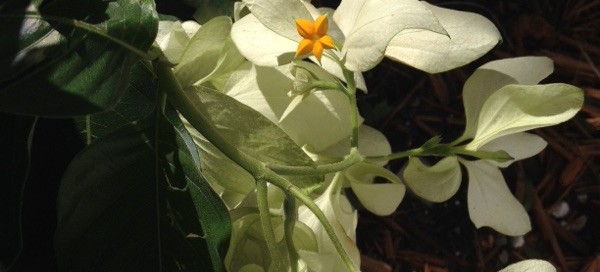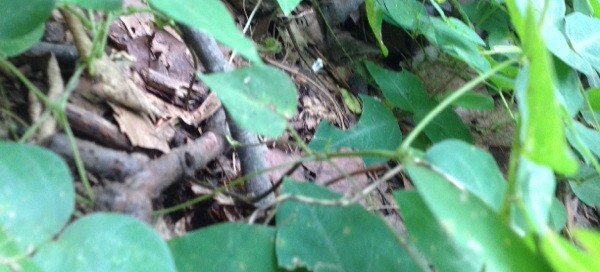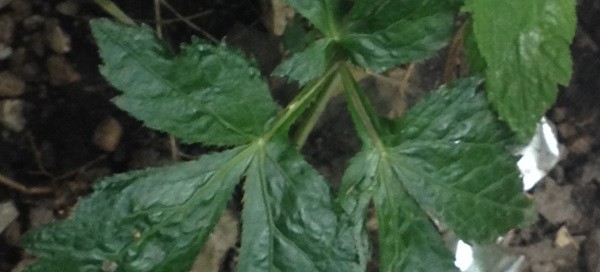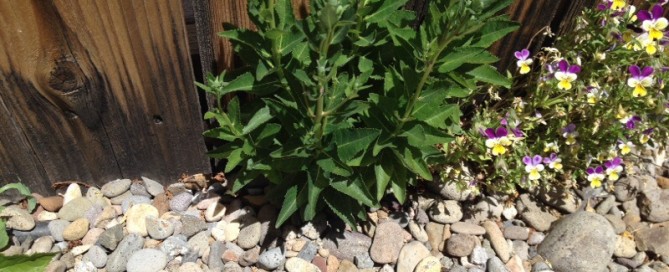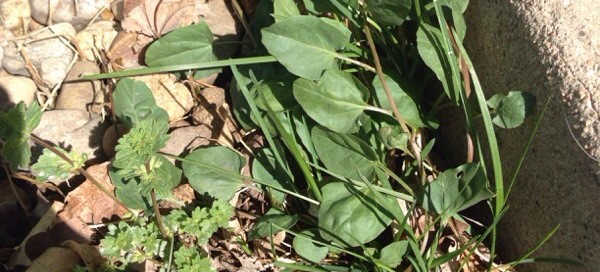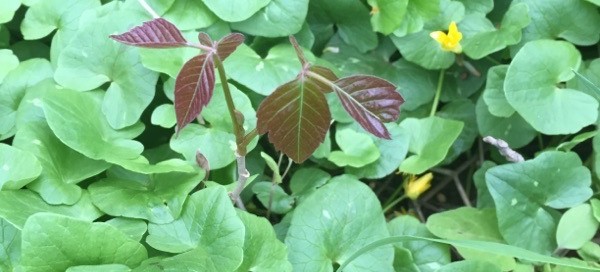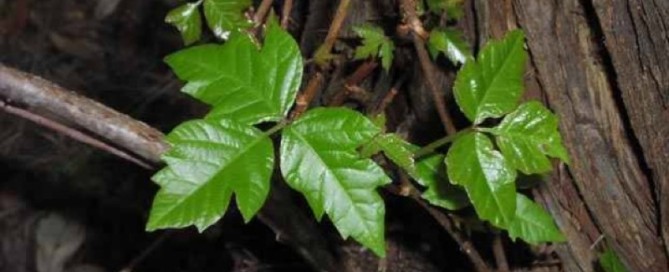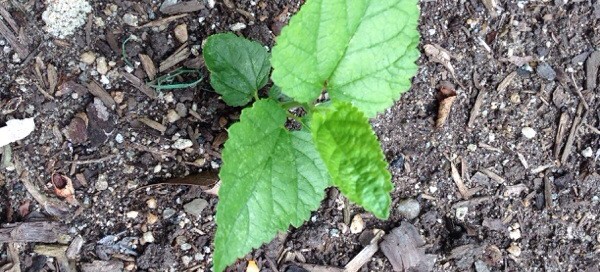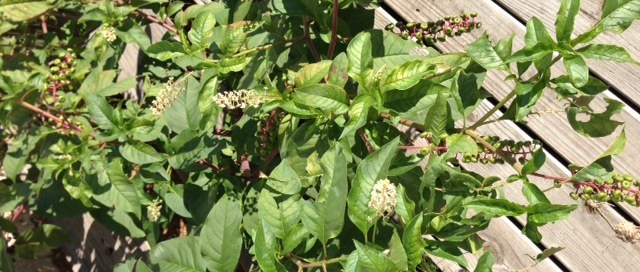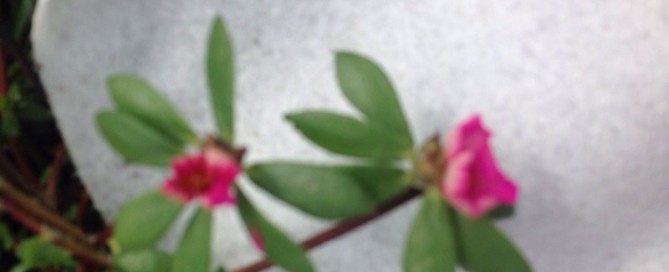Mussaenda
Mussaendas are members of the Rubiaceae (Madder, or coffee family) and are native to West Africa through the Indian sub-continent, Southeast Asia and into southern China. There are more than 200 known species of Mussaenda, of which about ten are found in cultivation and three are widely used in cultivation. The plant requires full sun to produce abundant sepals but some afternoon shade can be beneficial. Mussadendas can suffer nutritional deficiencies on high pH soils. They are not drought tolerant and will benefit from regular irrigation during the dry months.Enriching the growing site with organic material
helps to conserve soil moisture and provide nutrients to the plant. Remove faded flowers and sepals to prevent possible fungal infection.
